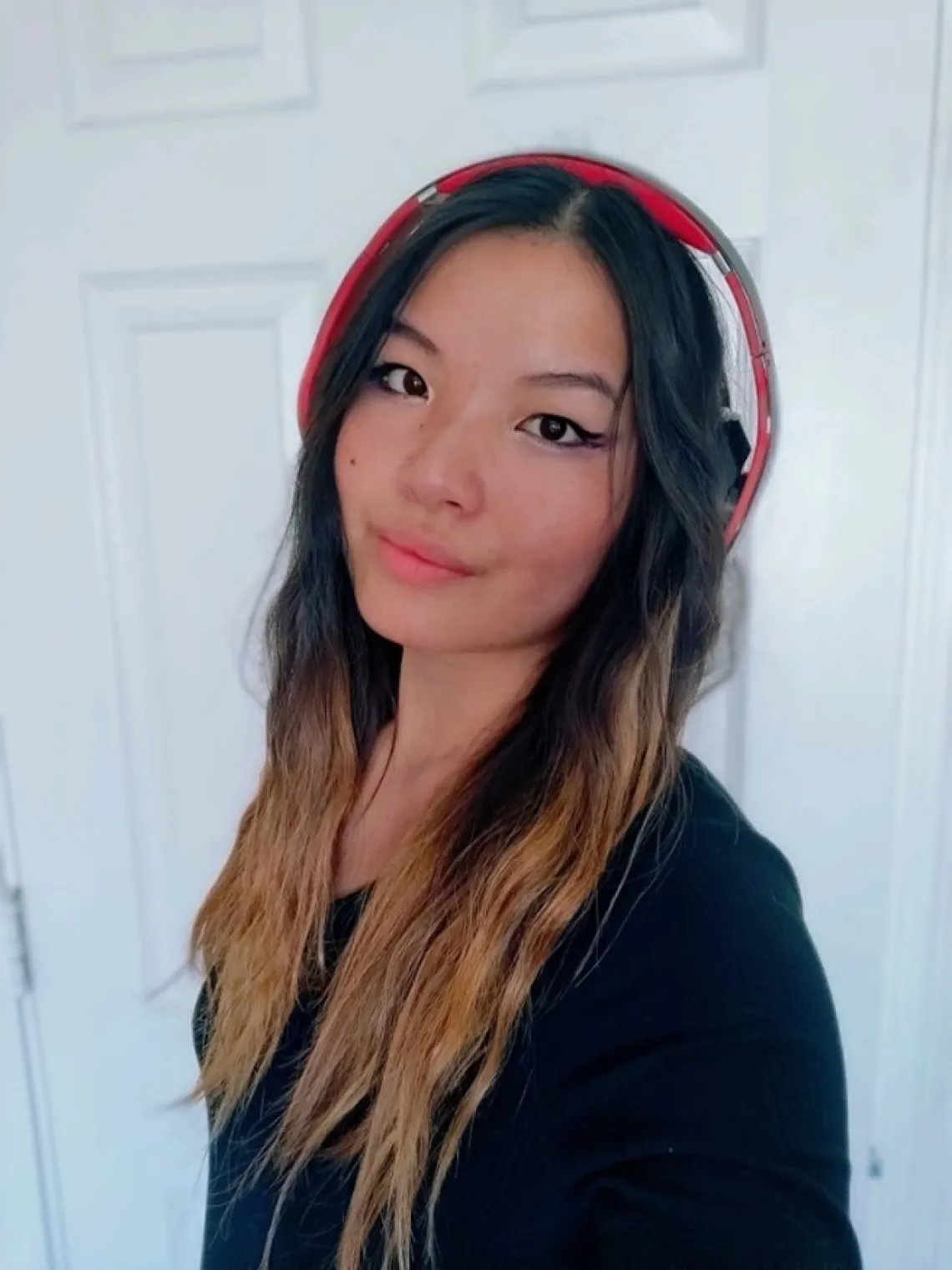The CACTI Blog: From Poses to Painting — Helping People Find Inner Calm Through the Translational Flow of Yoga and Art

By Kai Glahn, 2020 – 2021 Undergraduate Certificate in Developmental Disabilities
During the Spring semester of 2021, I was honored to work with Dr. Yumi Shirai at ArtWorks. ArtWorks is an outreach program through the University of Arizona Sonoran Center for Excellence in Disabilities. ArtWorks centers on mutual learning and community between adults with intellectual and developmental disabilities and with students at the University. One aspect that makes ArtWorks so unique is the fostering of connectivity through artistic expression and creativity. At ArtWorks there is a deep sense of empathy, respect, and encouragement among all its members.

Prior to starting my work with ArtWorks, I had heard of the Creative Juice Bar in Tucson, and I was inspired by this kind of community art engagement. I love the idea of partaking in a creative activity with community members because you can connect with people in a way that may not be possible in our typical activities of daily life. For many, art is a great way to decompress, express, and bond with others.
When I learned about ArtWorks and the community they serve, it was a perfect match! To bring something new to the incredible work that ArtWorks already does, I brainstormed other activities to pair with art. I decided on yoga due to my experience with doing yoga myself. I personally have found yoga to be healing both mentally and physically, especially more slow-paced flows. Yoga in the past has helped me feel balanced and focus on being present in the moment, not worrying about my impending anxieties. I hoped through yoga that the individuals at ArtWorks would discover a similar experience with Yoga. Unfortunately, due to the COVID-19 pandemic, I was not able to meet everyone from ArtWorks in person, so sessions were held on Zoom.
The pandemic was also part of the inspiration to choose yoga as our activity. COVID-19 forced many of us to become more sedentary due to the rules and guidelines for staying home. I think physical activity is essential for stress-relief and socialization; this is one of the many areas that the pandemic so heavily altered for us. Yoga can help re-establish movement in our lives, especially during times of lockdown.
The idea of flow was also a central tenet in my mind as we moved forward with this activity. For those who have done yoga, you know that yoga has a certain flow: the way we move through poses, the deep breathing cycles during poses, and meditation of the mind and focus on being present. This complemented the activity of artwork, as art also has its own sense of flow: to fuel artwork using our minds for creativity and our bodies for production.

Each Friday morning, we logged onto our Zoom session together and prepared for our yoga flow. In the beginning of the sessions, we did a few simple yoga poses (like mountain pose, basic tree pose, corpse pose, etc.) and progressed to more complex poses (such as triangle pose, one-footed tree pose, sun salutations, etc.) We also incorporated other yoga-related aspects like breathing cycles, Oms, and meditative music. All of the members of ArtWorks thoroughly impressed me with their yoga skills and how quickly they learned new poses. Even though I presented more moderate variations for each pose, most members fearlessly did the full pose. Throughout that semester, we had done a larger number of poses in each session because everyone mastered the poses so well. After our yoga flow, we then debriefed how the yoga made us feel and/or think. Our sessions would end with us translating our thoughts and/or feelings on the yoga into art. The idea here was to translate our physical and emotional sensations from yoga, and create something tangible for it, with artwork. It was fascinating to see all the different experiences that Artworks’ members had in our yoga sessions and the creations that came from them.
Many people seem to hold a negative stigma about the capabilities of those with intellectual and developmental disabilities. Our sessions weren’t just physical and creative activities but required introspection and engagement from all members. These efforts built a bridge to link the physical and creative. This is not a simple task, and it goes to show how motivated, talented, and perseverant the members of ArtWorks are. I think our sessions together are a great illustration of how individuals with disabilities are just as capable of complex tasks while also having fun and building connections with the community. We have also bonded through these activities and learned about each other. This is certainly one of the kindest and most empathetic groups that I have ever had the pleasure of working with.
Not limiting anyone based on expectation is an essential reminder and skill. This is especially important when it comes to working in an interdisciplinary team, working with families and individuals with disabilities, and their communities. We must empathize with each other and strive for connection, rather than seek differences based on our own biases. It is both possible and imperative to foster environments centered on inclusion, and not limit any individuals based on our assumptions of what we think someone may or may not be capable of. There is always room to grow, learn, and connect with one another. ArtWorks is truly a community!
I am extremely grateful for the exchange of knowledge that ArtWorks offered me during that spring semester!
References for images
https://www.fcm.arizona.edu/artworks
https://www.everydayhealth.com/yoga/
The CACTI Blog features the voices of our interdisciplinary trainees and Community Advisory Council members as they highlight diverse images of people with disabilities and provide community information and advocacy on disability issues. Check Out The CACTI Blog
